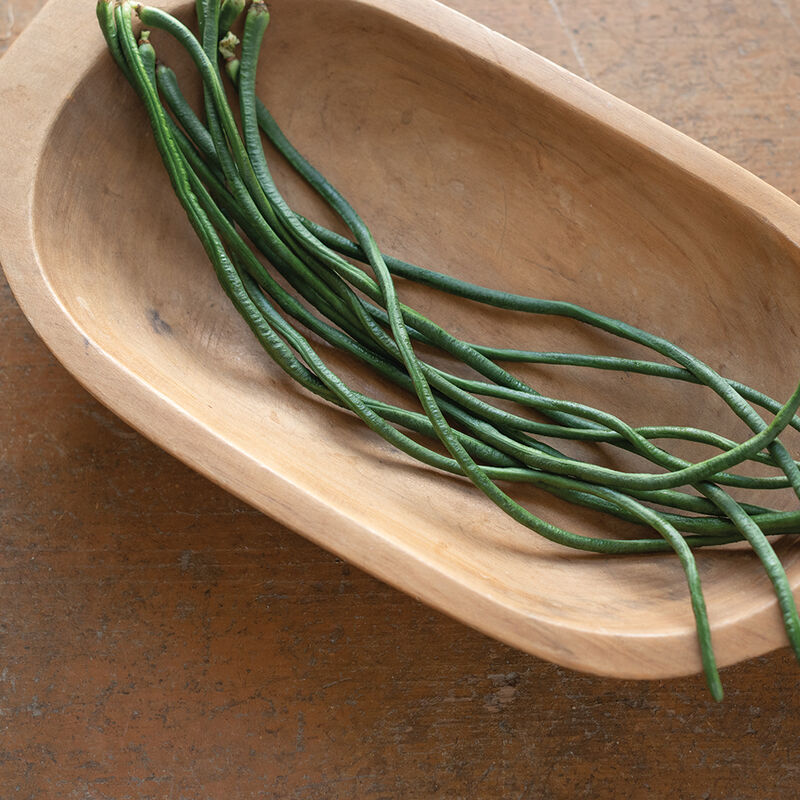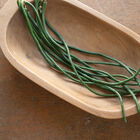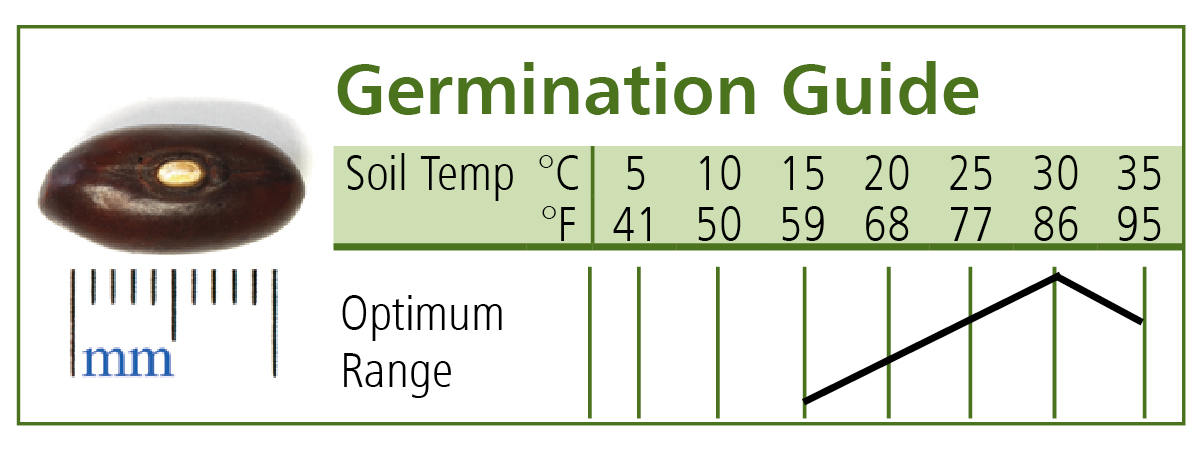Python Bean Seed
Product ID:4592.114592
Python Bean Seed
Product ID:4592.114592
Productive Asian specialty bean.
Smooth, dark green, glossy pods with a refined look. Productive without sacrificing appearance or flavor. Stringless, sweet, and richly flavored for steaming and stir-fries. Vines bear attractive, waxy foliage. 16–20" long, slender pods. Brown seeds. Pole bean; requires trellising.Specs:
- This product does not ship to the following countries: Austria, Belgium, Bulgaria, Switzerland, Cyprus, Czech Republic, Germany, Denmark, Estonia, Spain, Finland, France, United Kingdom, Greece, Croatia, Hungary, Ireland, Italy, Lithuania, Luxembourg, Latvia, Malta, Netherlands, Poland, Portugal, Romania, Sweden, Slovenia, Slovakia.
SCIENTIFIC NAME:
Phaseolus vulgarisCULTURE:
Grow pole beans on trellises, poles, or mesh fencing (such as Hortonova).DAYS TO MATURITY:
From date of direct seeding.DIRECT SEEDING: Sow seeds 1" deep, spaced 3" apart in rows 4' apart after soil temperature exceeds 60°F (16°C). If using poles, plant 4-6 seeds at the base of each pole. Inoculants can increase yields.AVG. DIRECT SEEDING RATE:
50 seeds/12' or 10 poles; 250 seeds/50' or 40 poles; 500 seeds/100' or 80 poles; 1M/ 200' or 160 poles.INSECT PESTS:
Mexican bean beetles can be controlled with insecticides such as pyrethrin or azadirachtin.DISEASE:
Plow under or remove and compost bean straw in the fall to hasten destruction of most disease organisms. For sclerotinia white mold control, plant at wider row spacing to promote drying of plant leaves and soil. Practice a 3-year crop rotation, preferably into corn or grain crops. All our pole bean seeds are Halo-Blight free.HARVEST:
Harvest regularly to encourage new pod set.STORAGE:
Store at 40°F (5°C) and 90% relative humidity for 7–10 days.SEEDS/LB.:
See individual varieties.PACKET:
50 seeds, sows 12' or 10 poles.Johnny's is committed to your success, every step of the way.
We want you, our customer, to be 100% satisfied with all of our seeds, tools, and supplies.
If anything you purchase from us proves unsatisfactory, we will either replace the item or refund the purchase price.




